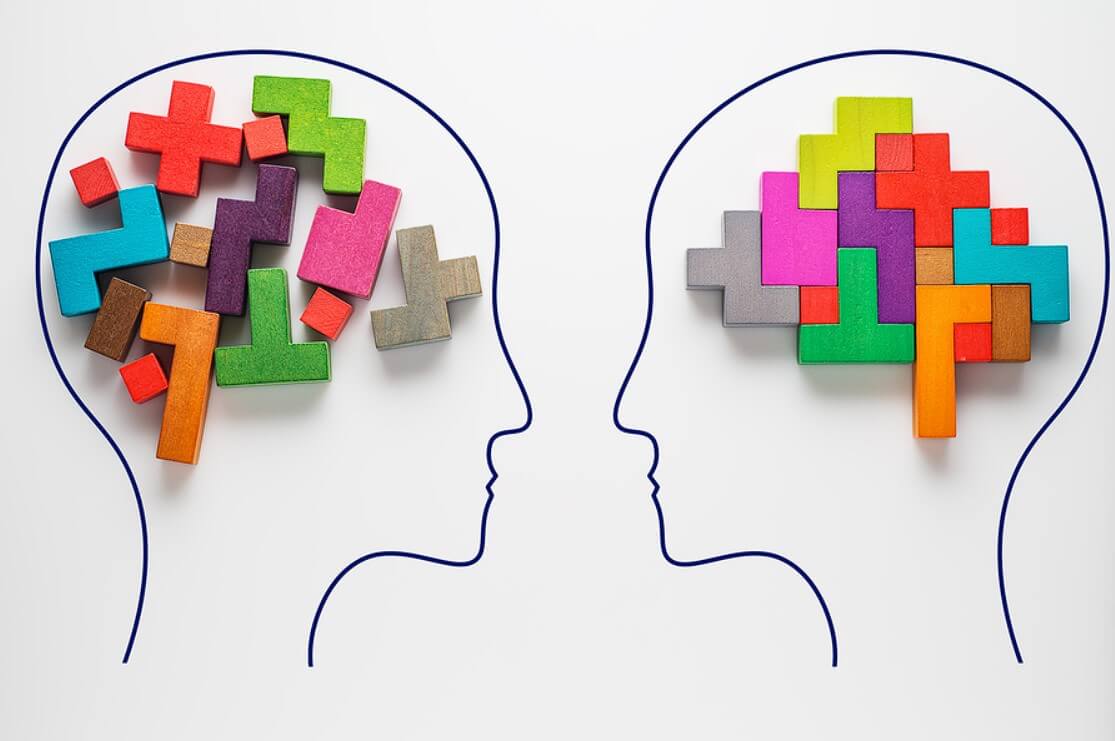Emdr therapy: Its impact on psychological trauma
WHAT IS EMDR?
Eye movement desensitization and reprocessing (EMDR) is psychotherapy designed to relieve the harm or distress sustained from traumatic experiences or stress.
Often, people with psychological trauma struggle to differentiate the past traumatic experience from the present or how to coexist with life experiences. This therapy aims to safely guide you to recall your past through bilateral stimulation (BLS) and help you resolve the problem by attaching a positive belief to the negative thought. EMDR has been thoroughly studied by scientists over the years and endorsed by the World Health Organization as the first-line treatment for post-traumatic stress disorder.

How Is It Done?
A licensed-trained therapist does EMDR. The therapy involves a series of many sessions. The number of sessions is not defined but depends on the severity and progress made after each session. A typical EMDR session is likely to last between 60-90 minutes. Each therapy session consists of eight evidence-based phases.
- PHASE I- This is the history-taking and treatment phase. The therapist will investigate the source and severity of your problem, which will help determine a suitable treatment plan for you.
- PHASE II- This is the preparation stage, where the therapist will brief you on how the sessions will go. You will have an in-depth understanding and defined expectations for the session. The therapist will prepare you for the session by teaching you ‘stop’ signals and control techniques.
- PHASE III- Assessment phase, here, the therapist determines which event to recall and reprocess.
- PHASE IV- This is known as the desensitization stage. In this phase, the therapist assesses the client’s response to the traumatic events. Bilateral stimulation is the technique used. Bilateral stimulation can be eye movement, tactile, or auditory.
- PHASE V- This is the installation phase, where the therapist will focus on associating a positive belief with the traumatic events.
- PHASE VI- This is the Scanning stage. The therapist scans the client’s body from head to toe, noting any lingering disturbances while the client thinks about both the traumatic event and the positive belief.
- PHASE VII- Also known as closure. Here, the therapist guides the client back to reality and calmness.
- PHASE VIII- The final stage of the therapy is the Reevaluation phase. The therapist discusses discoveries, future targets, and directions for continued EMDR treatment.
What Makes EMDR Therapy Special?
Unlike many psychotherapists, EDMR does not focus on the vivid descriptions of the traumatic event but on developing the appropriate coping strategies toward those negative thoughts. It also addresses the direct source of the problem.
Compared to other traumatic therapies that seek to directly change the response, emotions, and thoughts associated with traumatic events, EMDR focuses on memory, and its interpretation in the brain, thus alleviating and eliminating the traumatic symptoms.

0 Comments